Spirit is merging into JetBlue and will disappear from the skies. See the full history of the airline, from trucking company to low-cost giant.
Taylor Rains

Spirit Airlines old and new aircraftMichael Carter/Airliners.net, Felipe | Santiago/Shutterstock
- Spirit Airlines has agreed to merge with JetBlue Airways instead of Frontier Airlines.
- The merger is worth $3.8 billion and could provide more comfort to customers while maintaining low fares.
Spirit Airlines is one of the most recognizable airlines in the US, serving over 80 destinations across the Americas with its bright yellow aircraft and ultra-low-cost business model.
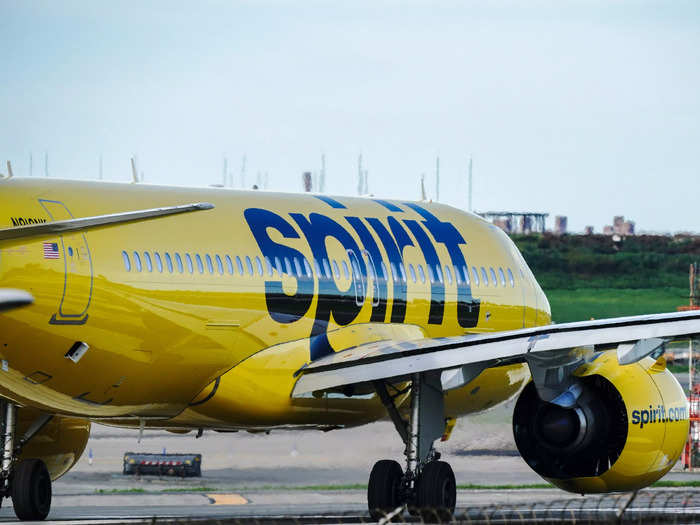
Spirit Airlines Getty Images
Source: Spirit Airlines
However, the iconic yellow paint job could soon fade from the skies.
Spirit Airlines A320 at Boston airport Taylor Rains/Insider
Denver-based Frontier Airlines announced in February that it reached an agreement with Spirit to merge the two airlines in a $6.6 billion deal.
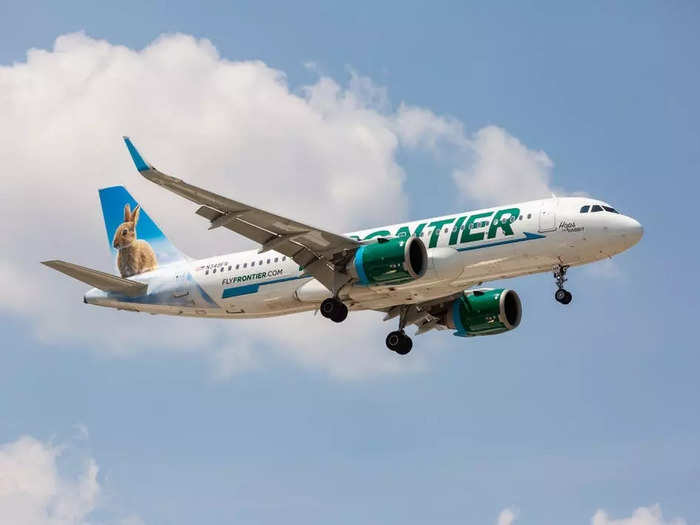
Frontier Airlines Carlos Yudica
However, in April, JetBlue Airways threw a wrench in Frontier's plans. JetBlue's bid, which Spirit at the time called "unsolicited," has now been accepted by the low-cost giant.
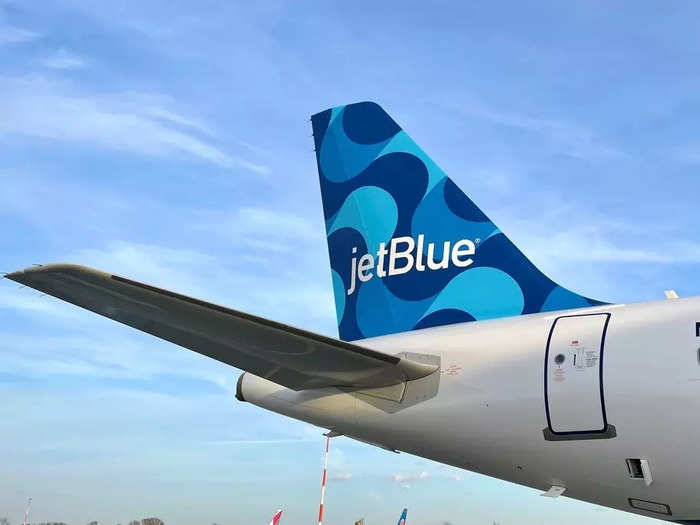
JetBlue A321neo. Business Wire
The Spirit and JetBlue deal is worth $3.8 billion, and JetBlue CEO Robin Hayes says the merger will allow the airline to "grow faster."
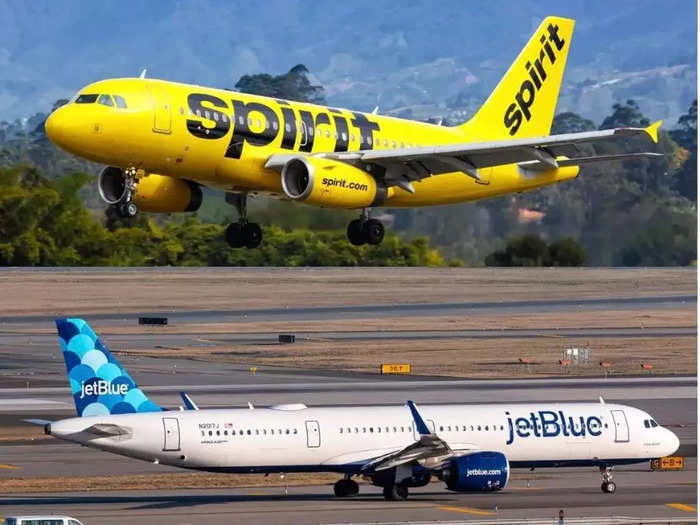
Marcus Mainka/Shutterstock
"We can go head-to-head with the legacies in more places to lower fares and improve service for everyone," he said in a Thursday press release.
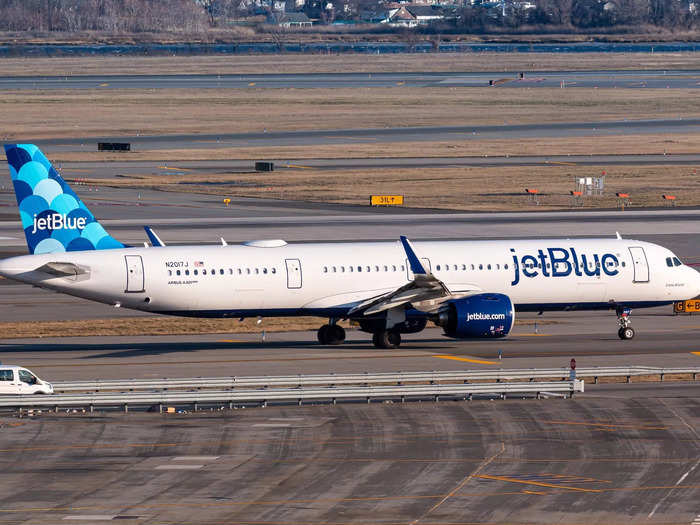
JetBlue Airways A321neo. Lukas Wunderlich/Shuttestock
However, legislators, including Senator Elizabeth Warren of Massachusetts, Senator Bernie Sanders of Vermont, and Representative Alexandria Ocasio-Cortez of New York, have said in the past that the deal could increase fares and worsen customer service.

Sen. Elizabeth Warren. Tom Williams/CQ-Roll Call, Inc via Getty Images
Source: New York Times
The lawmakers have asked Transportation Secretary Pete Buttigieg and the Justice Department to closely review the merger and to oppose any union if it violates antitrust laws or goes against public interest.
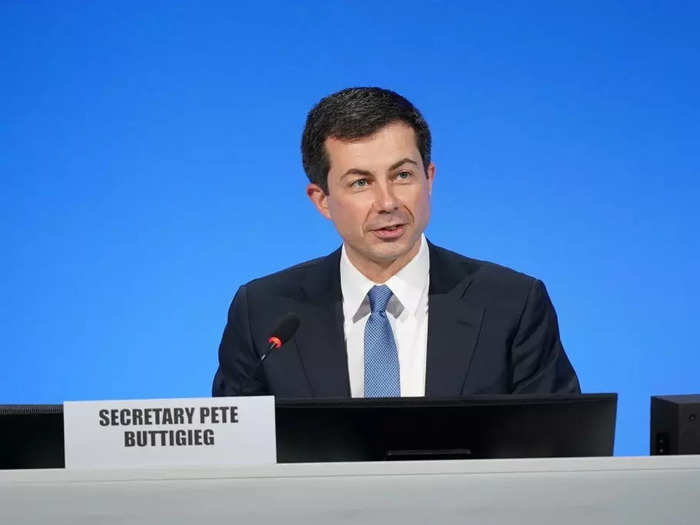
Buttigieg is taking an even more high-profile turn as he sells a trillion-dollar infratructure package around the nation. He took his first international trip as a Cabinet member to COP26 in Glasgow last week. Photo by Ian Forsyth/Getty Images
Source: New York Times
If the deal does go through, JetBlue said it plans to scrap Spirit's brand by retrofitting all of the budget carrier's planes into JetBlue's product. This would leave Frontier as the US' only large ultra-low-cost airline.
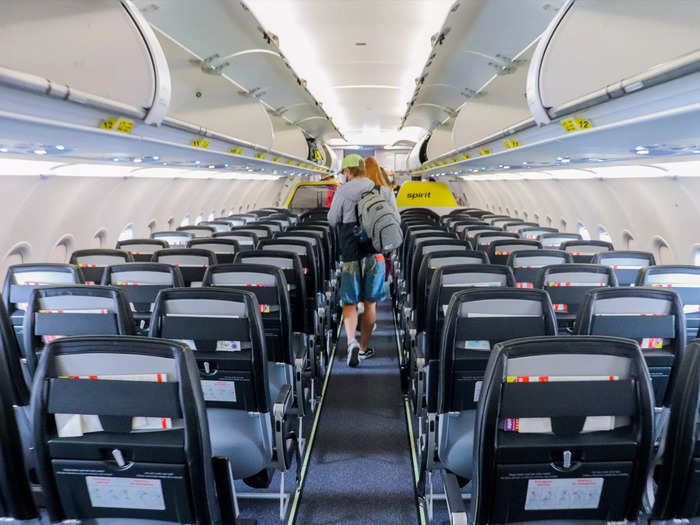
Inside Spirit's A320 plane. Thomas Pallini/Insider
Source: Insider
Analysts say that Frontier being a standalone airline will actually be a good thing because its low-cost competition will put pressure on JetBlue to keep fares low.
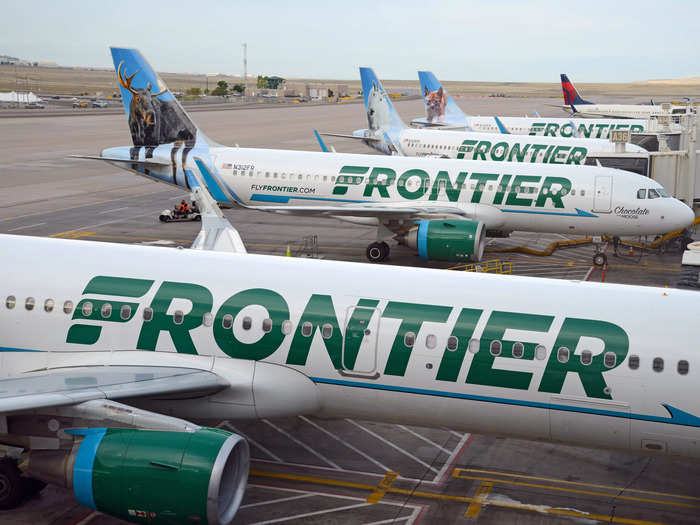
Frontier Airlines. nyker/Shutterstock
Once it is all said and done, Spirit becoming a part of JetBlue means the famous yellow brand will be no more. Here's a look at the airline's full history from trucking company to low-cost giant.
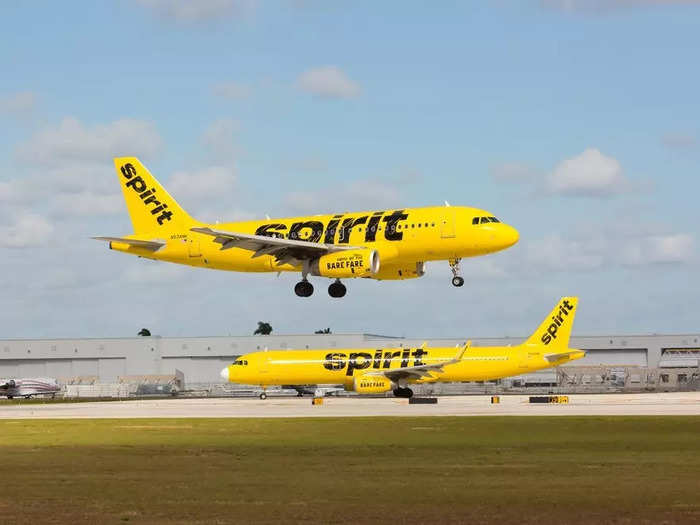
Spirit Airlines aircraft. Carlos Yudica/Shutterstock
Spirit was not originally founded as an airline but started as Clippert Trucking Company in 1964. In 1974, the company was refounded as Ground Air Transport Inc. by Michigan-native Ned Homfeld.
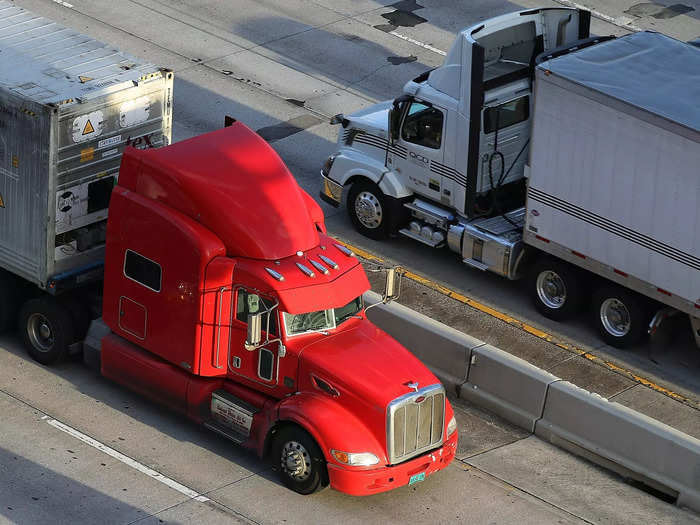
Tractor trailers roll along the highway in Miami, Florida. Joe Raedle/Getty Images
Homfeld eventually founded the first passenger version of Spirit in 1980 — Detroit-based Charter One Airlines. The charter tour company officially launched operations in 1983 using turboprop aircraft.
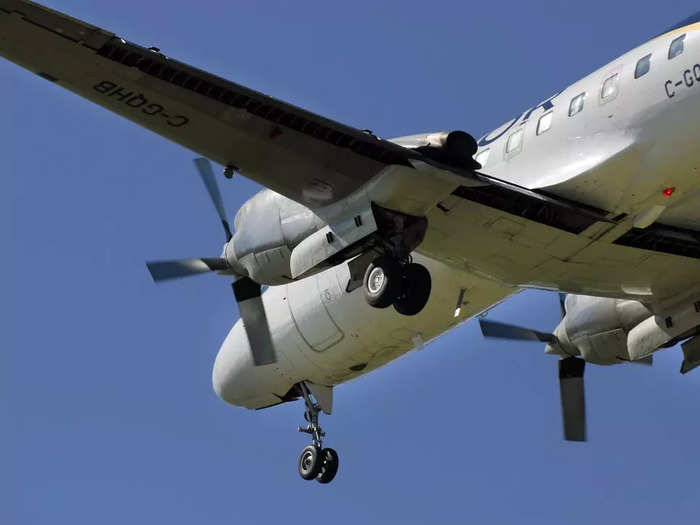
Convair 580 turboprop (not Charter One Airlines) Josef Hanus/Shutterstock
Charter One focused on gambling trips, offering routes to Atlantic City, New Jersey from Chicago, Detroit, Boston, and Providence, Rhode Island.
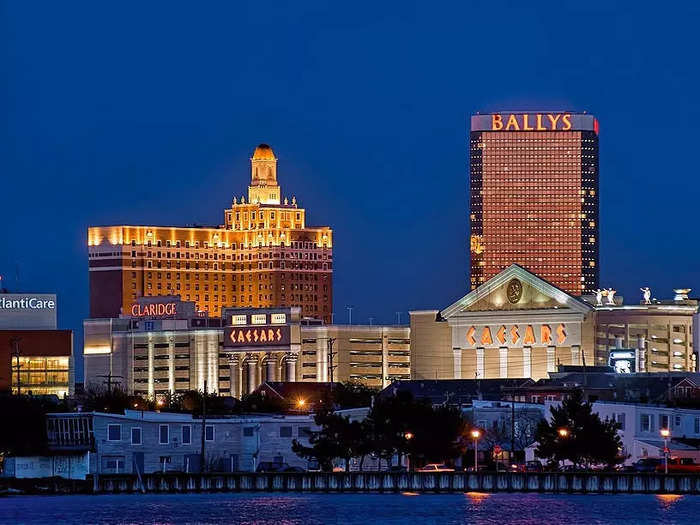
Atlantic City, New Jersey John Greim/LightRocket via Getty Images
As gambling soon became popular in other states, Charter One began ferrying northerners to warmer destinations, including Florida, the Bahamas, Las Vegas, and San Juan.
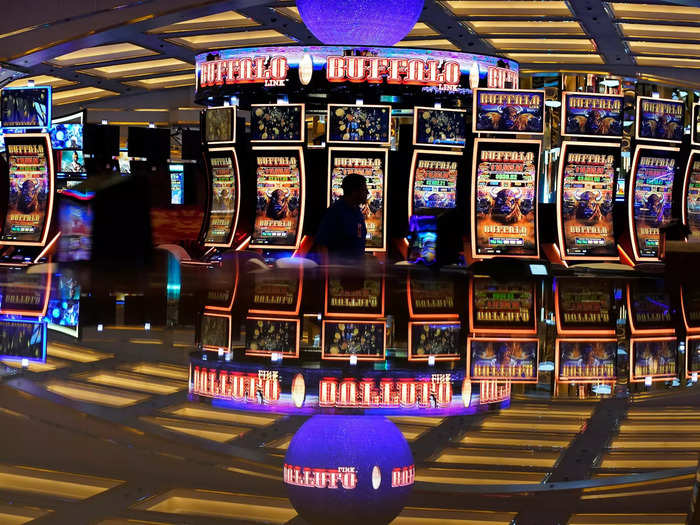
Las Vegas casino John Locher/AP Photo
Charter One's operation in the Bahamas is notable because it means Spirit has always offered passenger service beyond the US.
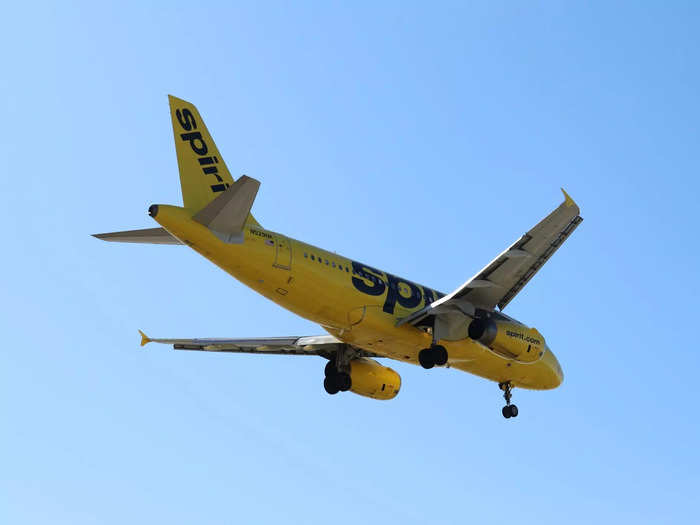
Spirit Airlines aircraft Thomas Pallini/Business Insider
Source: Simple Flying
In 1990, a decade after its founding, Charter One launched scheduled air service from Boston, Detroit, and Providence to Atlantic City, marking the start of the company's commercial operations.
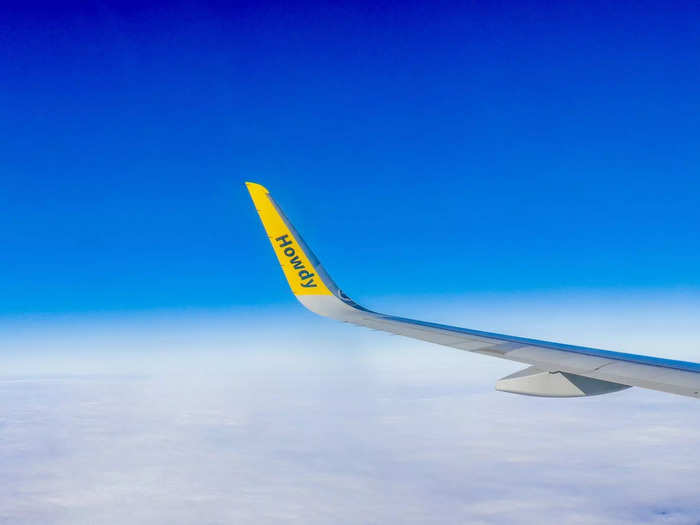
Spirit Airlines aircraft Thomas Pallini/Insider
Charter One leased two Convair 580 turboprops for the service. It would operate the planes for only a couple of years before rebranding to Spirit Airlines.
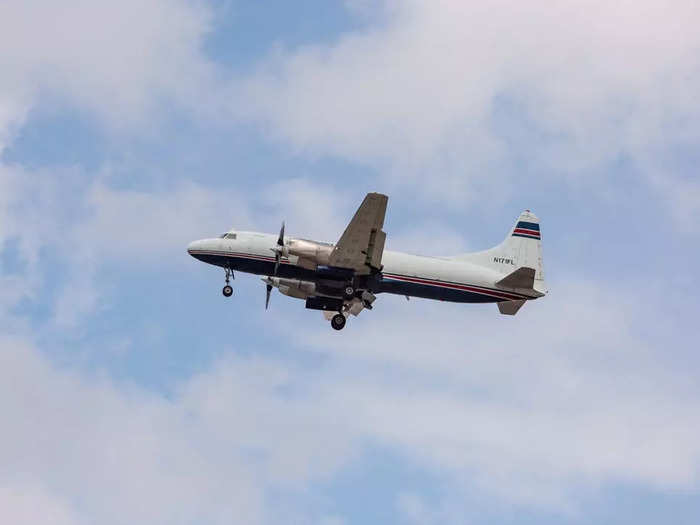
Convair 580 turboprop (not Charter One Airlines). Carlos Yudica/Shutterstock
Spirit Airlines was born on May 29, 1992, after changing its name from Charter One and integrating four DC-9 jets into the fleet.
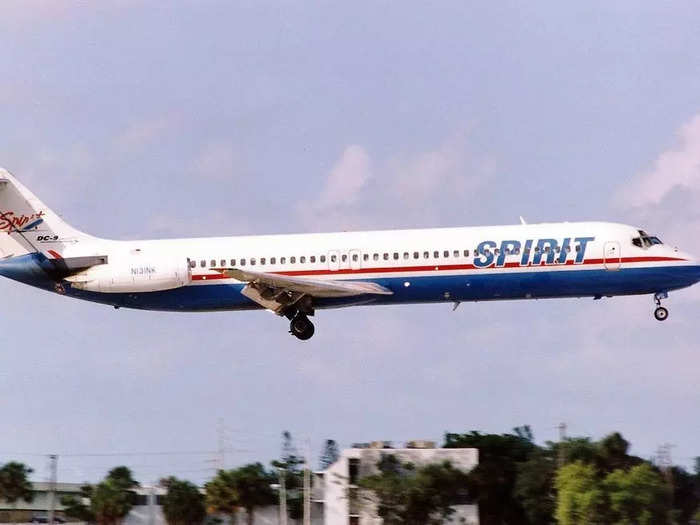
Spirit Airlines DC-9. Torsten Maiwald/JetPix
The company was able to secure the planes for cheap after the demise of Midway Airlines brought down used aircraft prices.
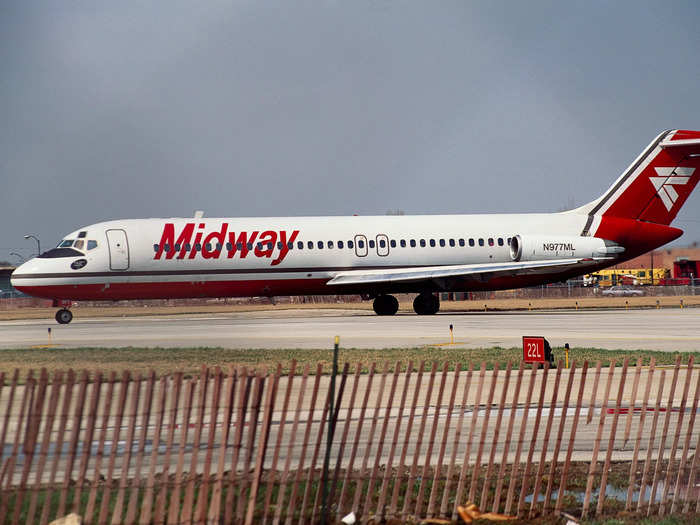
Midway Airlines at Midway Airport in Chicago. Ralf-Finn Hestoft/CORBIS/Corbis via Getty Images
On June 1 of the same year, the company launched its first flight from Detroit to Atlantic City, which operated twice daily. The airline's code is NK for "Ned's Kids."
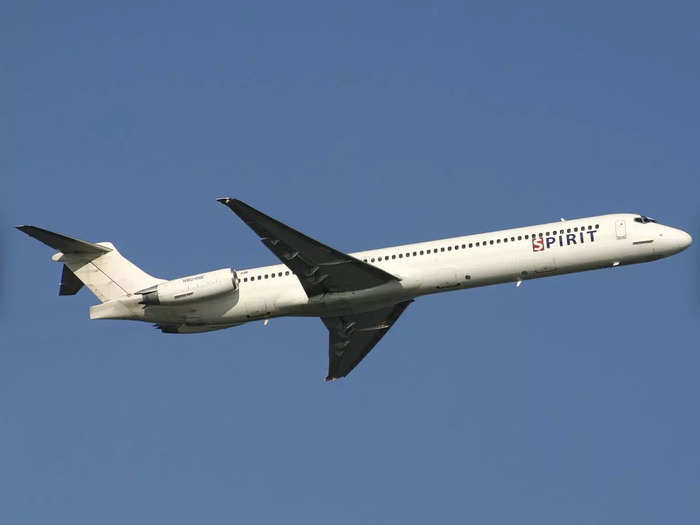
Spirit Airlines MD80 Mark Kopczak/Airliners.net
Spirit's early fleet also consisted of McDonnell Douglas MD80 aircraft. According to Plane Spotters, 44 DC-9 and MD80 planes were delivered through the 1990s and early 2000s, with the last MD80 leaving the company in July 2010.
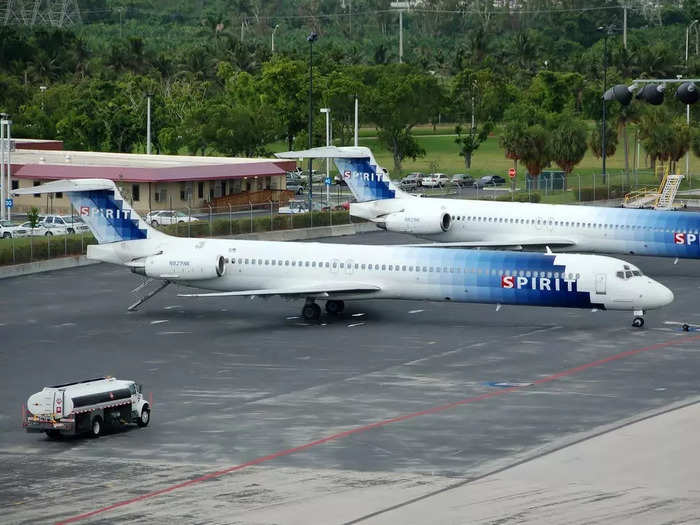
Spirit Airlines McDonnell Douglas MD-80 Ivan Cholakov/Shutterstock
In its early years, Spirit was referred to by Travel Agent Magazine as the "most successful small carrier you've never heard of," flying over a quarter-million people in 1993 and bringing in $21 million in revenue.
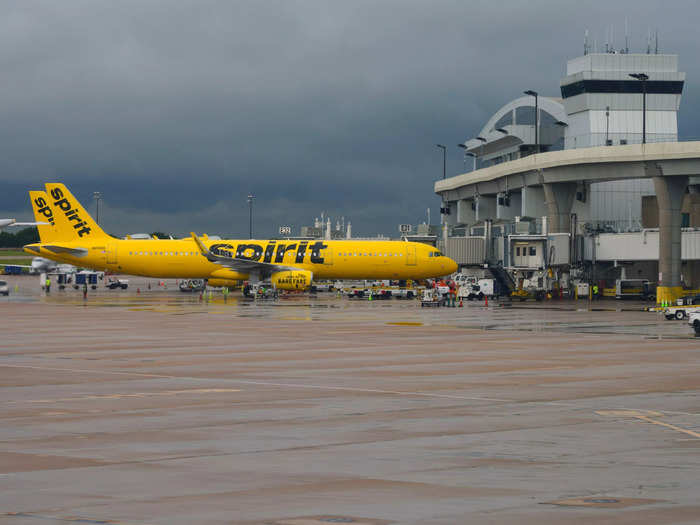
Spirit Airlines EQRoy
The carrier was able to win over customers with cheap fares powered by its low-cost business model, despite axing amenities like inflight meals.
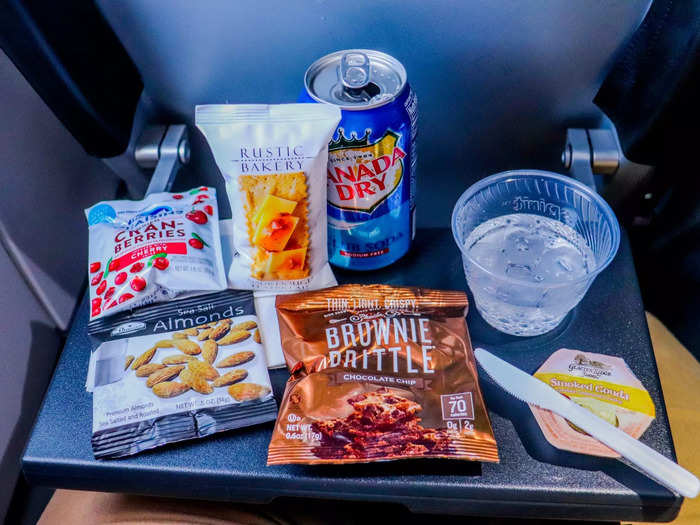
Snacks will cost passengers a fee on Spirit Thomas Pallini/Insider
Furthermore, the company's background as a tour operator helped it fill planes, which averaged about 80% full.
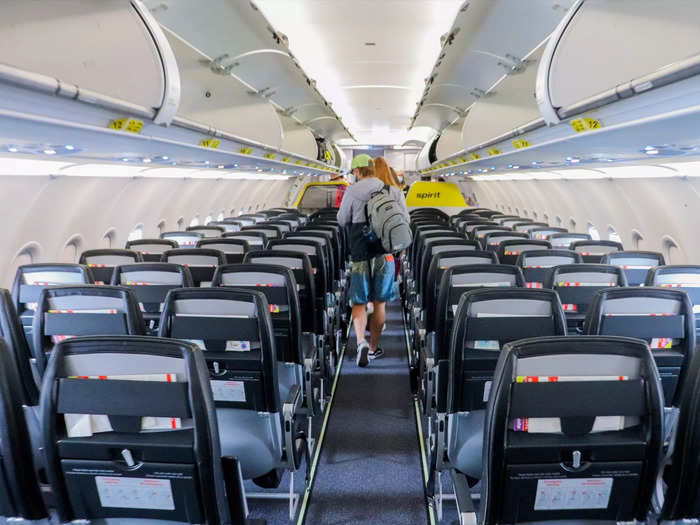
Spirit Airlines interior. Thomas Pallini/Insider
Spirit also thrived during the early 1990s because established airlines struggled to turn a profit during the global recession.
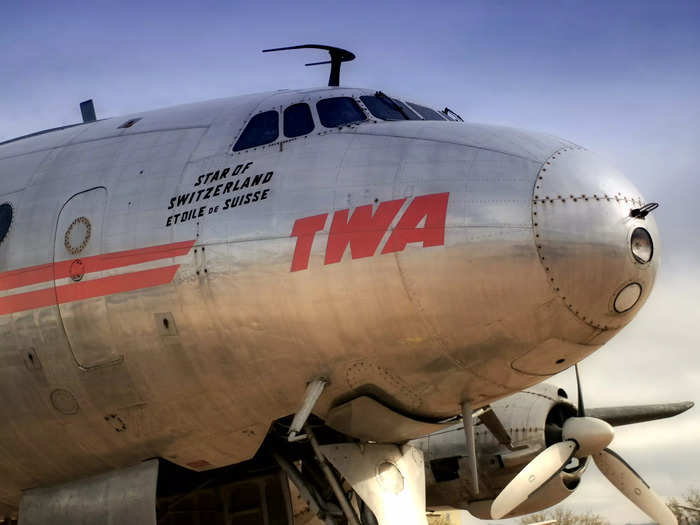
Vintage TWA aircraft LouLouPhotos/Shutterstock
This opened doors for startups to acquire cheap planes and nonunion staff that had been employed by collapsed Pan Am, Eastern, and Midway.
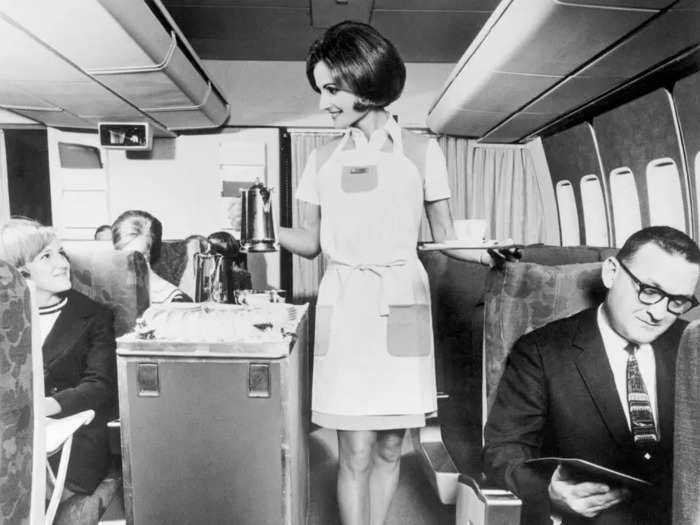
Pan Am flight attendant serving drinks on the company's 747. Bettmann/Contributor/Getty Images
From 1993 to 1999, Spirit expanded its route network, offering flights to Philadelphia, Orlando, St. Petersburg, Myrtle Beach, Los Angeles, and New York City.
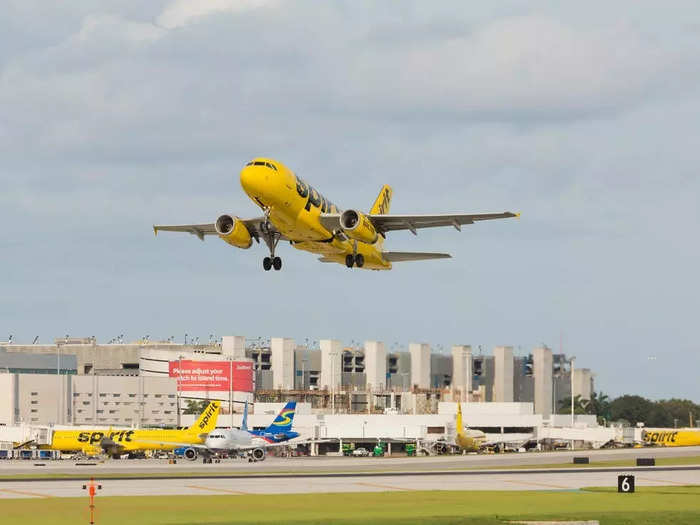
Spirit Airlines at Fort Lauderdale-Hollywood International Airport Carlos Yudica/Shutterstock
However, some major carriers did get in the way of Spirit's expansion. In 1994, Norwest Airlines bought two gates from US Airways at Detroit's main airport for about $1 million, beating out Spirit. Northwest then resold the gates to Trans World Airlines.
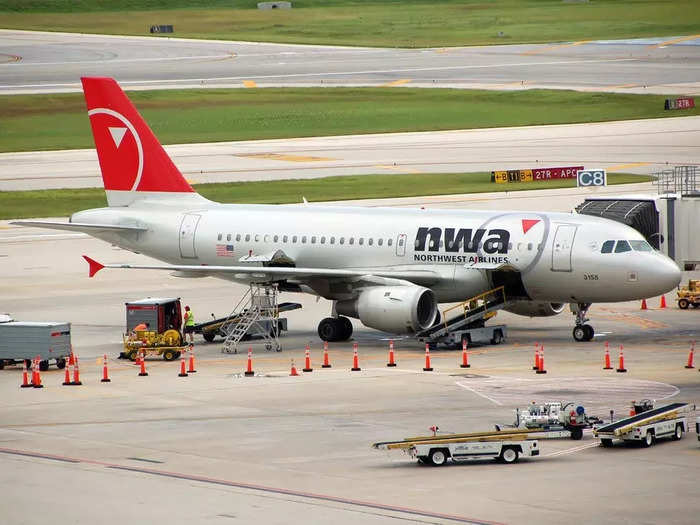
Northwest Airlines aircraft Ivan Cholakov/Shutterstock
The setbacks continued throughout 1994. One of Spirit's biggest PR nightmares occurred when it inadvertently overbooked and canceled 1,400 passenger tickets.
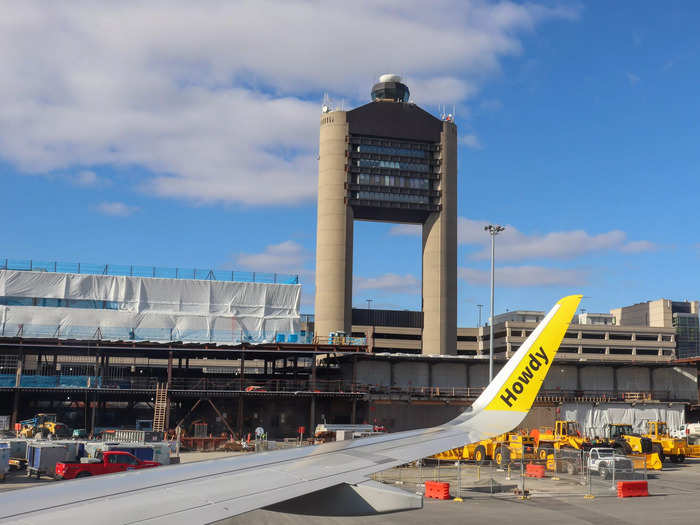
Spirit Airlines aircraft Thomas Pallini/Business Insider
Without realizing it, Spirit gave the wrong booking instructions to travel agents, causing the 1,400 tickets to be invalid even though customers paid for them.
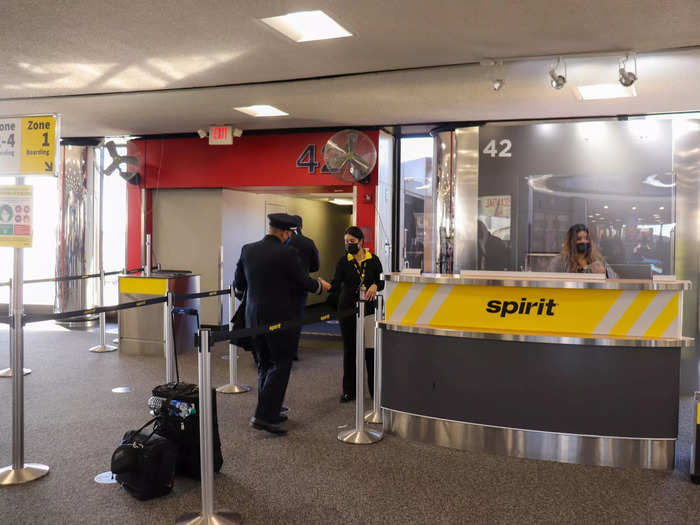
Spirit Airlines gate Thomas Pallini/Business Insider
The carrier responded to the crisis by saying it guaranteed all paying passengers would get to their destination even if it meant Spirit had to rebook them on a competitor airline.
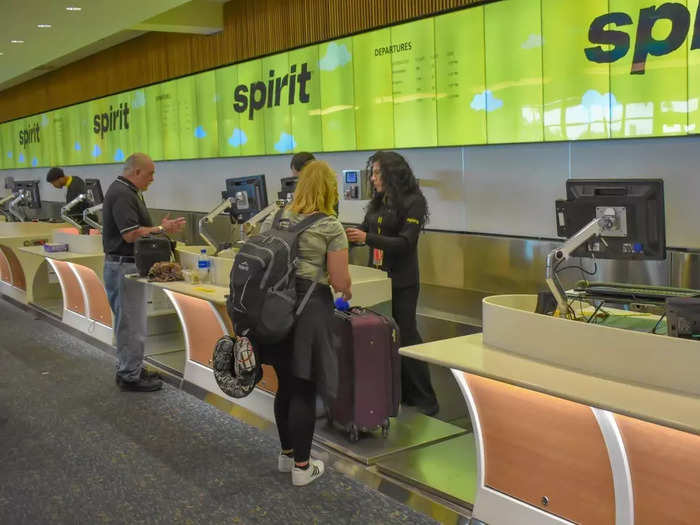
Spirit Airlines passengers VIAVAL TOURS/Shutterstock
Despite the setback, Spirit's low-cost strategy continued to drive the company's success. In 1995, Spirit launched its "Freedom Fare" service from Detroit to Philadelphia for $49 one-way. Soon after, Boston was added for $69 one-way.
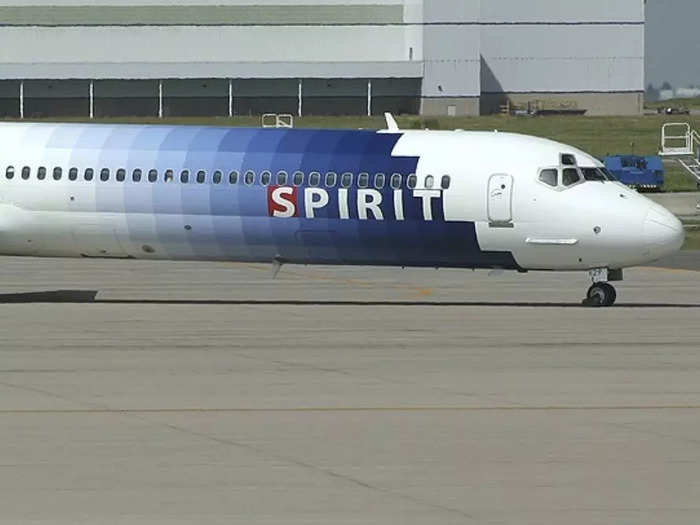
Spirit Airlines MD-80 Mark Kopczak/Airliners.net
By 1996, the company had $60 million in revenue and owned five out of the 11 aircraft in its fleet.
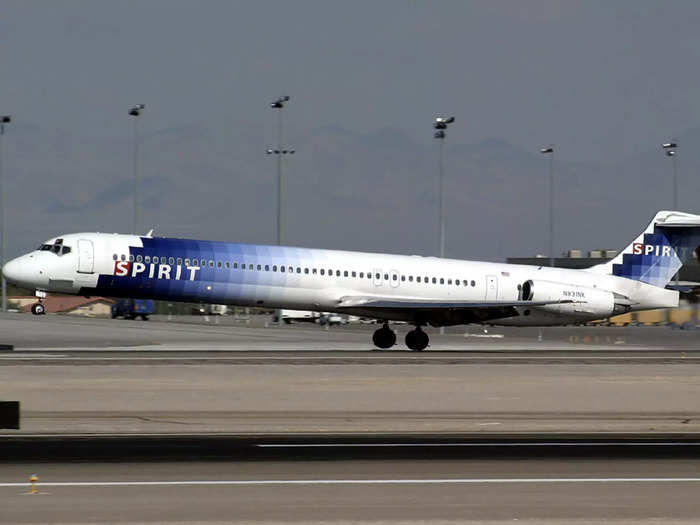
Spirit Airlines MD80 Michael Carter/Airliners.net
While the company was growing, it was starting to face tougher competition. So, it started to seek out a "big brother" to help it along the way, and Delta's regional carrier Comair wanted to buy Spirit for $20 million.
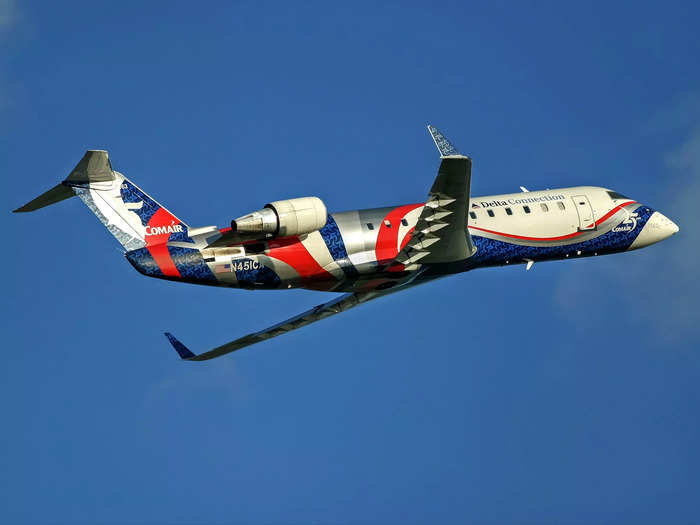
Comair Delta Connection aircraft QualityHD/Shutterstock
However, the deal never materialized. Comair pulled out after an incident with budget carrier ValuJet crashed into the Everglades in 1996, which created a stigma about the safety of low-cost airlines.
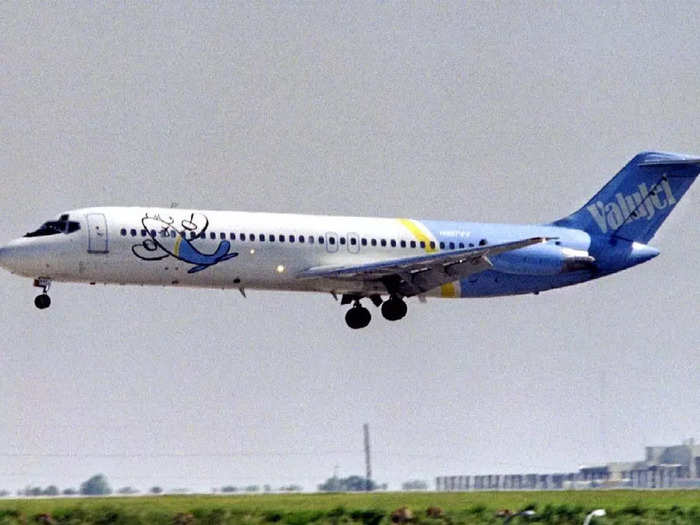
ValuJet aircraft Robert Sullivan/Getty Images
To combat customer concerns, Spirit sent out thousands of postcards to reassure the safety of its planes. It also launched the "Catch the Spirit" media campaign that included TV, radio, and billboard ads to sell Spirit's perfect safety record and involved adding a new logo to its aircraft.
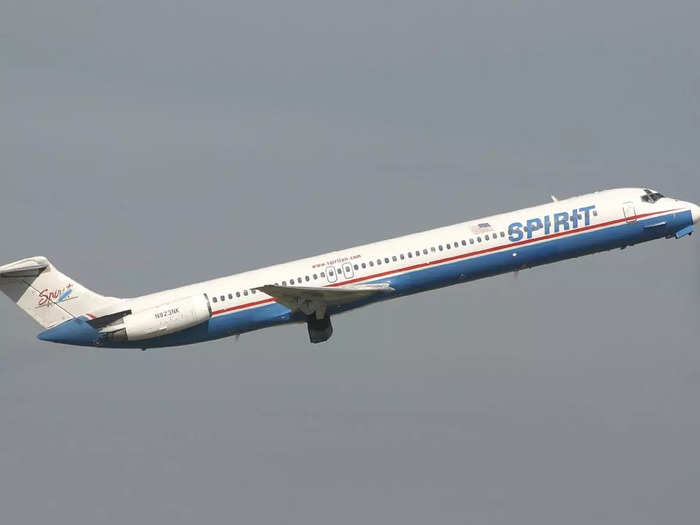
Catch the Spirit livery Mark Kopczak/Airliners.net
Spirit's only unprofitable year was 1996, mostly due to a 25% rise in fuel prices, consumer hesitation to fly low-cost carriers, and Northwest matching Spirit's fares on its Detroit-Philadelphia route, which pushed the budget airline out of the market.
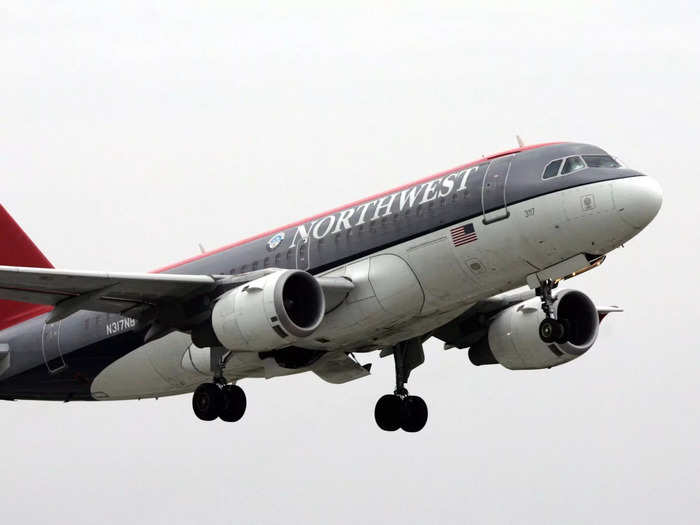
A Northwest Airlines Airbus A319. Rebecca Cook/Reuters
However, Spirit's planes began filling again in 1997.
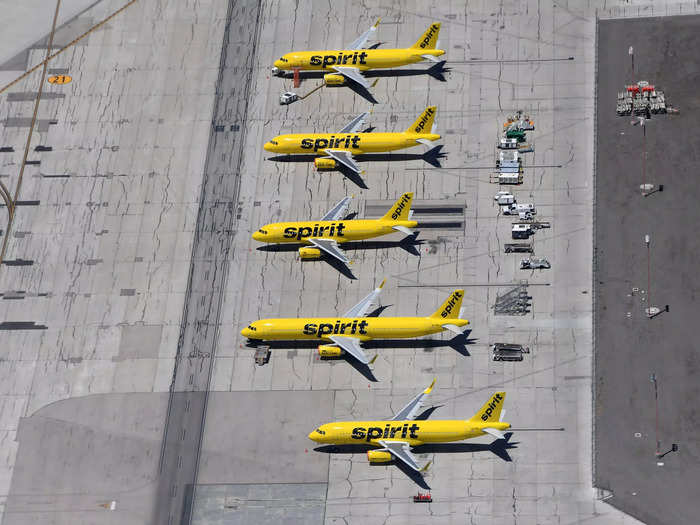
An aerial view shows Spirit Airlines jets parked at McCarran International Airport Ethan Miller/Getty Images
In June of that year, Spirit took over defunct carrier Sun Jet's routes from New Jersey to Florida after it declared bankruptcy. Sun Jet and Spirit had been flying chartered tours on behalf of reservation company World Technology Systems.
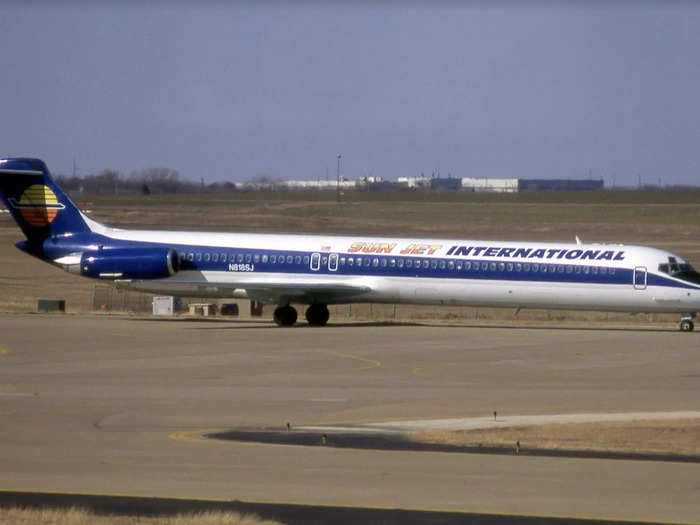
Sun Jet International Airlines Trevor Bartlett/AB Pic
Spirit operated the flights for WTS in partnership with Myrtle Beach Jet Express. However, the partnership ended in August 1997 after finger-pointing began between the two carriers.
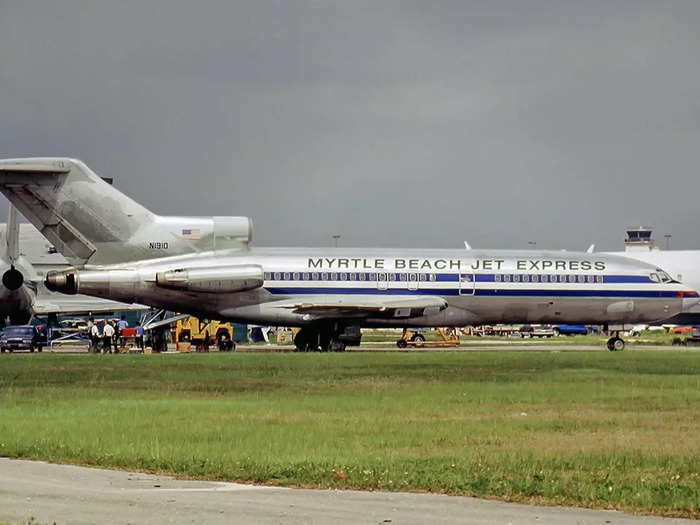
Myrtle Beach Jet Express Michael Bernhard/Airliners.net
A Jet Express spokesperson commented on Spirit's poor performance, and Homfeld responded by questioning Jet Express' financial status, pointing out it owed the city of Myrtle Beach $770,000 it borrowed for advertising.
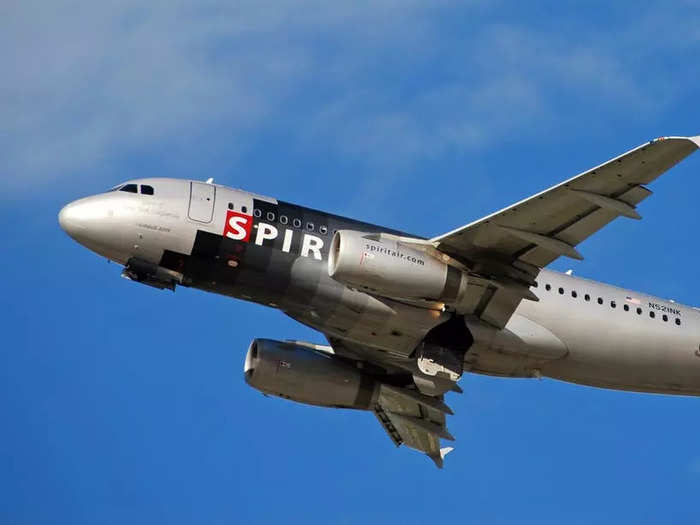
Spirit Airlines greyscale livery Ivan Cholakov/Shutterstock
Myrtle Beach Jet Express filed bankruptcy in 1999, but Sun News writer David Wren blamed Spirit for its collapse, claiming the carrier copied its rival's marketing plan and business strategy.
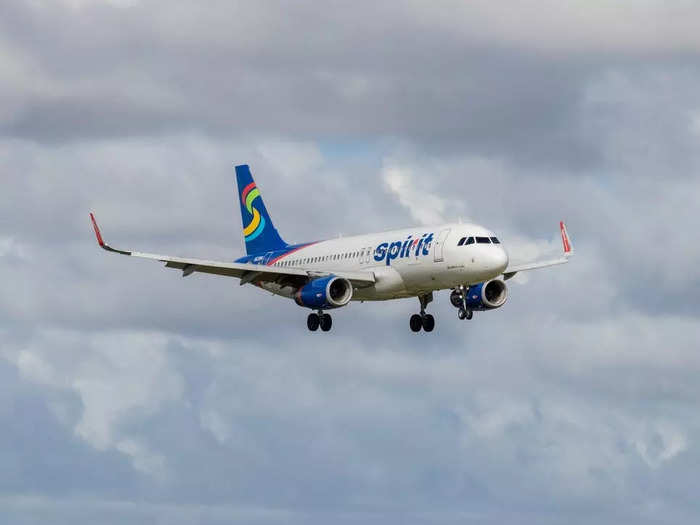
Spirit Airlines aircraft Omar F Martinez/Shutterstock
Nevertheless, by 1998, Spirit was starting to boom. It took advantage of Northwest's looming pilot strike by acquiring more aircraft to increase capacity on its competitor's routes.

Northwest Airlines pilot strike JEFF KOWALSKY/Getty Images
That year, Spirit saw a revenue of $121 million, had 20 aircraft in its fleet, and posted the industry's highest load factor that year with 76.4% full. Moreover, it carried 1.4 million passengers, increasing its customer traffic by 80% compared to 1997.
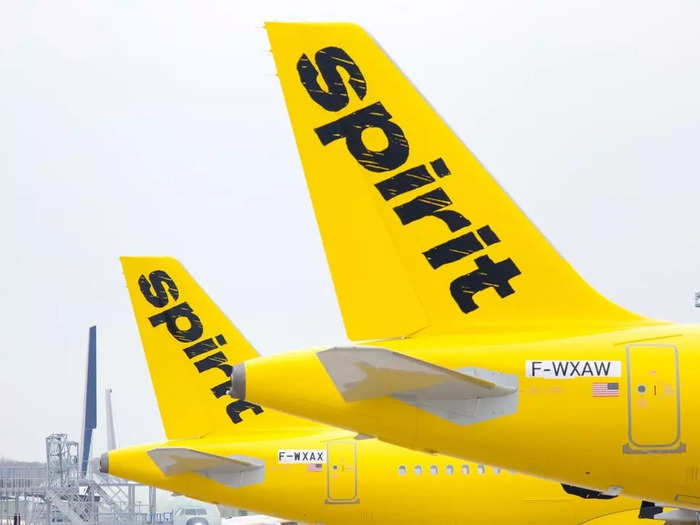
Spirit Airlines Skycolors/Shutterstock
Spirit got a new home in 1999 when it moved its corporate headquarters from Eastpointe, Michigan to Miramar, Florida. The airline had been courted by a number of other cities before making its decision, including Detroit and Atlantic City.
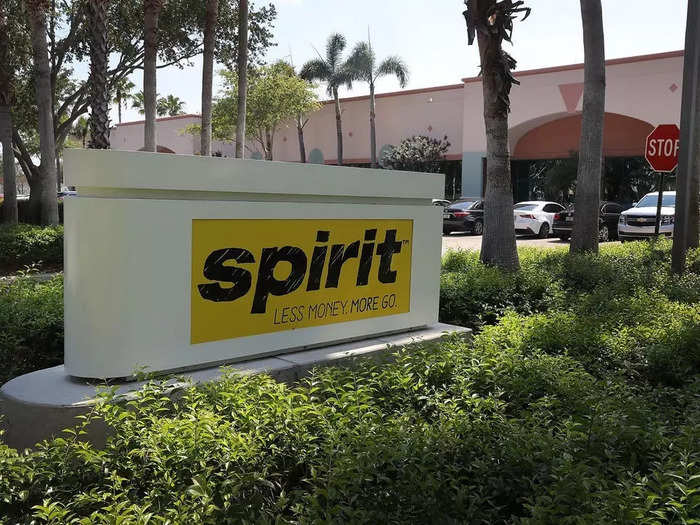
Spirit Airlines headquarters in Miramar, FL Joe Raedle/Getty Images
Miramar made sense because it was in the Fort Lauderdale area where Spirit's tour company was already based, and the airline had been serving Fort Lauderdale-Hollywood International Airport since 1993.
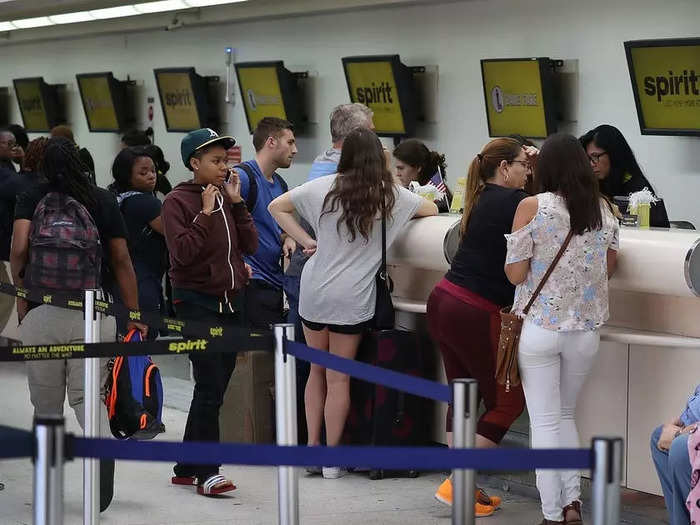
Spirit Airlines counter at Fort Lauderdale-Hollywood International Airport Joe Raedle/Getty Images
In 2000, Spirit got the attention of the FAA for discrepancies in the marking and placarding of cabin and seats on its DC-9 and MD80 aircraft. The federal regulation violation cost the airline $67,000.
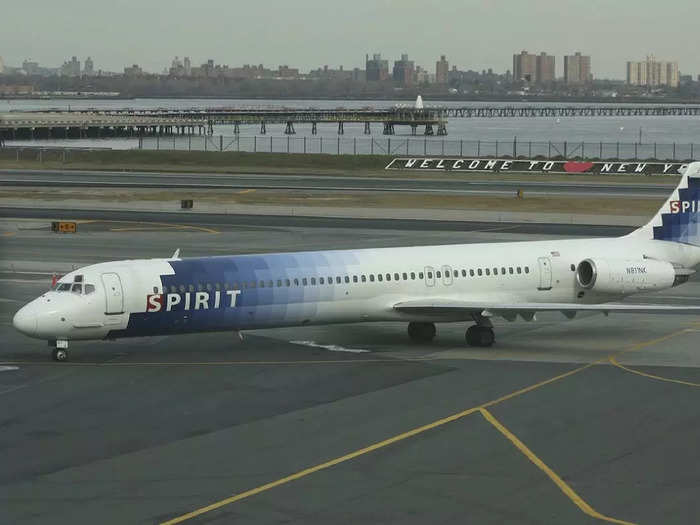
Spirit Airlines MD80 Mark Kopczak/Airliners.net
Despite the hiccup, Spirit continued to expand throughout the 2000s. It added San Juan, Puerto Rico to its scheduled service in 2001. Meanwhile, Boston, Grand Cayman, and San Francisco were added in 2006.
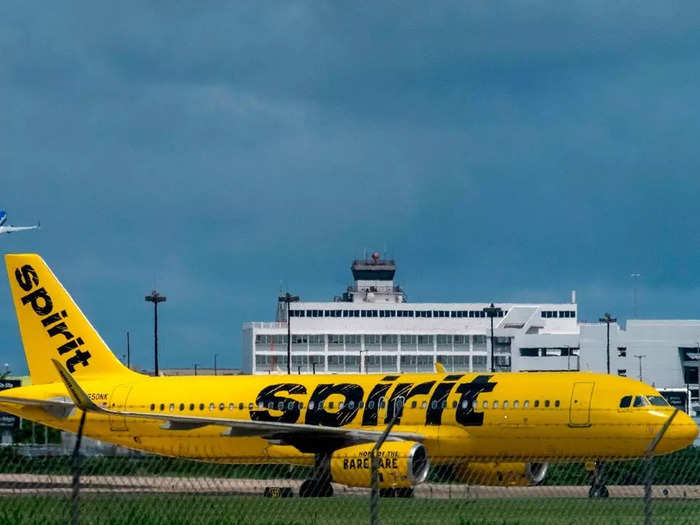
Spirit Airlines plane in San Juan, Puerto Rico RICARDO ARDUENGO/Getty Images
In 2002, Spirit began growing its Airbus A320 fleet, which is the only aircraft family in its fleet today. The first livery was greyscale...
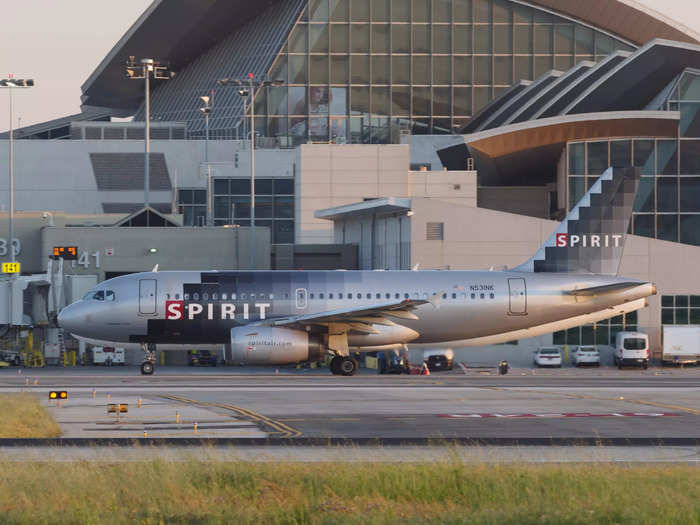
Spirit Airlines greyscale livery Angel DiBilio/Shutterstock
Source: Aviation Week, Norebbo
...the second was the blue paint scheme...
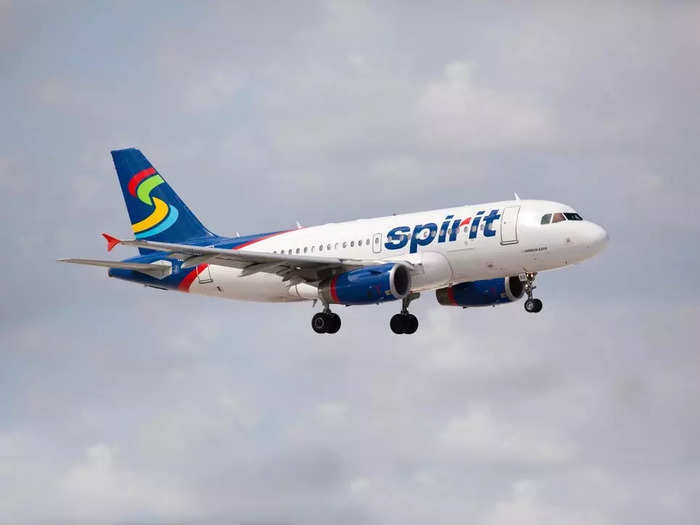
Spirit Airlines blue paint scheme Carlos Yudica/Shutterstock
Source: USA Today
...and the third, which is the most recognized today, is the all-yellow "Bare Fare" livery, introduced in 2014.
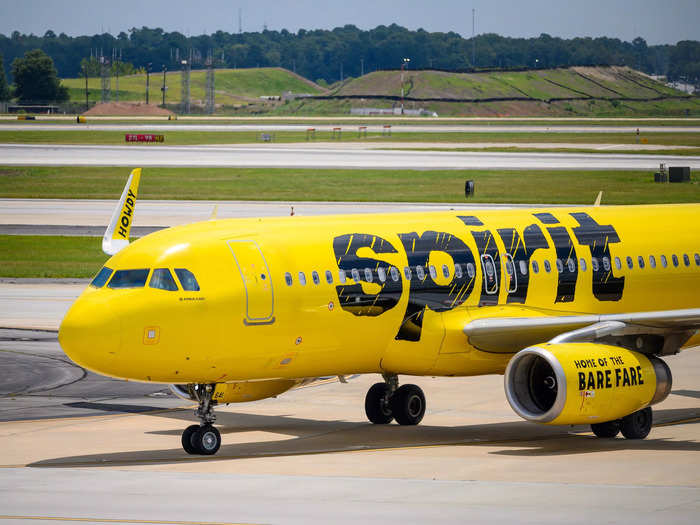
Spirit Airlines "Bare Fare" livery CarterAerial/Shutterstock
Source: Orlando Sentinel
In 2005, Spirit brought on its new CEO and President Ben Baldanza who transitioned the airline to the US' first ultra-low-cost carrier.
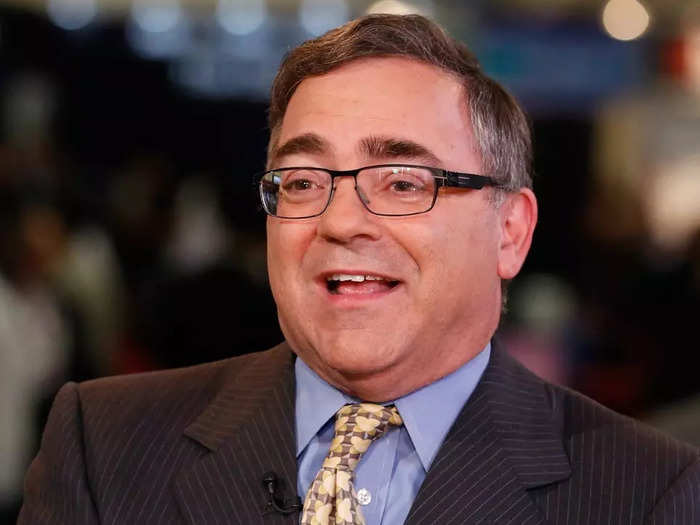
Former Spirit Airlines CEO Ben Baldanza CNBC/Getty Images
Source: Simple Flying
In 2007, the airline rebranded its business class, Spirit Plus, with the Big Front Seat, which passengers could secure for an extra fee.
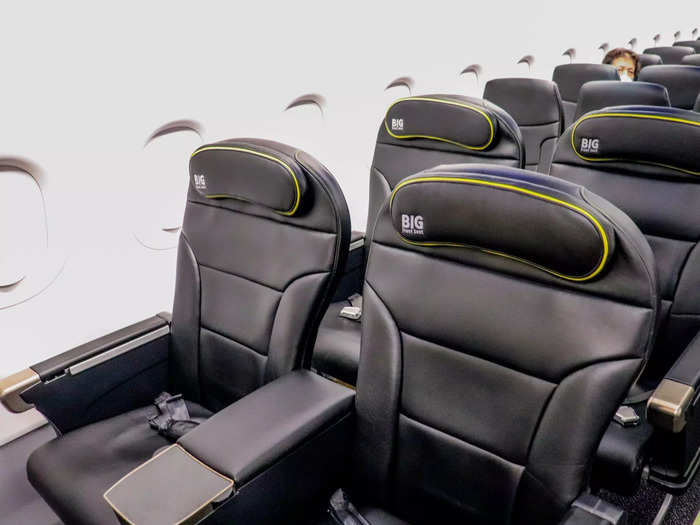
Spirit Airlines Big Front Seat Thomas Pallini/Insider
Source: Spirit Airlines, SeatMaestro
In June 2010, Spirit pilots went on strike for six days amid poor wages and benefits, causing hundreds of flight disruptions. At the time, Spirit Airbus crews were some of the lowest-paid pilots in the US.
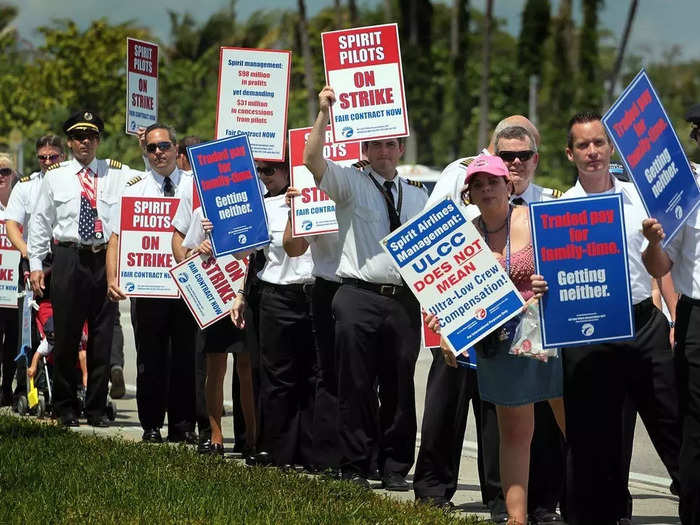
Spirit Airlines pilot strike Joe Raedle/Shutterstock
Source: The New York Times
Also that year, Spirit became the first airline to charge for carry-on bags. The move reduced its operating costs because it lowered the aircraft's fuel consumption. It also sped up the boarding process and ensured there was enough overhead bin space.
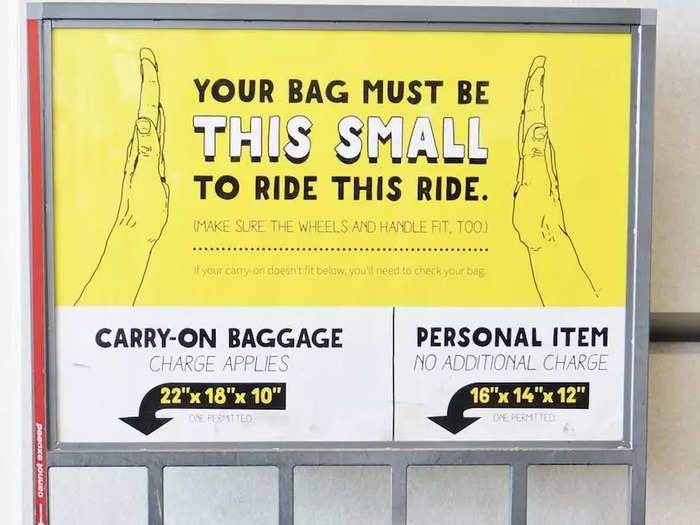
Spirit Airlines bag size checker EQRoy/Shutterstock
Source: ABC News
In 2011, the carrier began charging for boarding passes printed at the airport ticket counter and reduced its maximum checked baggage weight from 50 to 40 pounds.
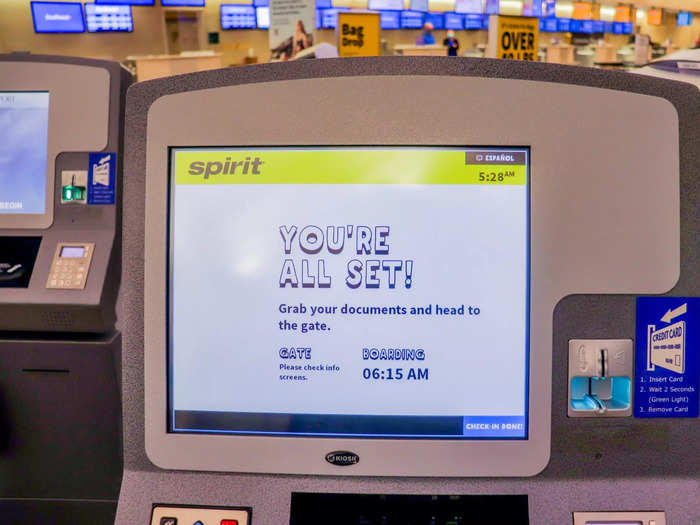
Spirit Airlines check in kiosk Thomas Pallini/Insider
Source: CNN
While it kept costs low, Spirit's no-frills business strategy has been controversial throughout its history. In 2011, the DOT fined the airline $50,000 for deceptive advertising, claiming it did not include hidden fees, like bags, added to its discounted fares.
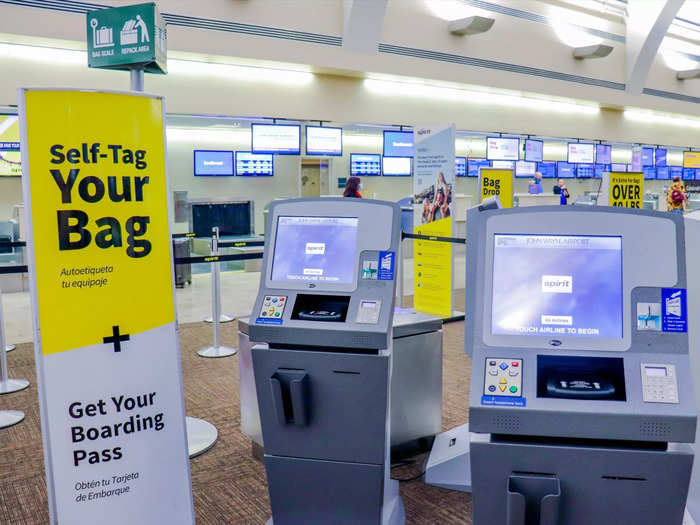
Spirit Airlines check-in area Thomas Pallini/Insider
Source: Consumer Reports
Then, in 2012, the airline came under fire after it refused to refund dying Vietnam veteran Jerry Meekins' ticket after he was told by his doctor not to fly due to terminal cancer. Spirit cited its strict no-refunds policy as the reason, but still received immense backlash from the veteran community.
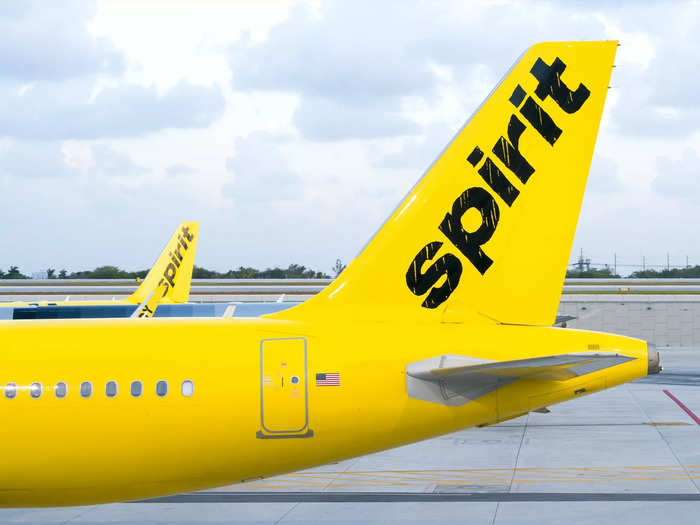
Spirit Airlines Ken Wolter/Shutterstock.com
Source: HuffPost
After threats to boycott, Baldanza apologized to the vet and personally issued the $197 refund, saying "sometimes we make mistakes." The company also donated $5,000 to the Wounded Warriors Project in Meekins' name.

Wounded Warrior Project Glynnis Jones/Shutterstock
Source: HuffPost
Despite its history of controversy and complaints, Spirit continues to be a successful airline. "Spirit is consistently incredibly profitable," said Madhu Unnikrishnan, editor of Skift Airline Weekly.
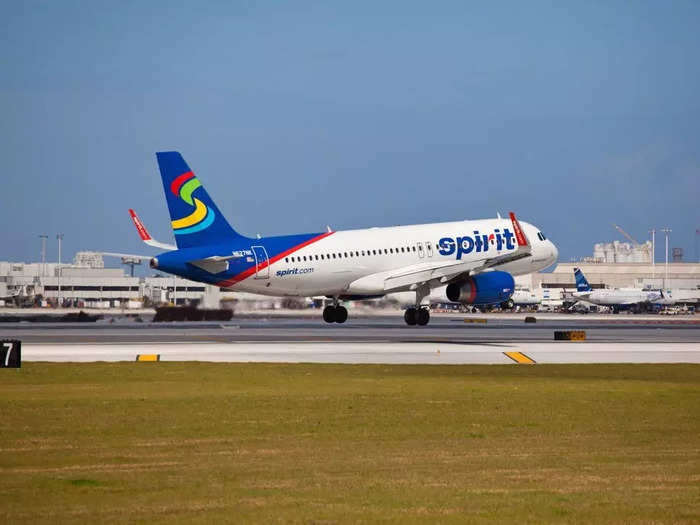
Spirit Airlines blue paint scheme Carlos Yudica/Shutterstock
Source: Marker Medium
According to Unnikrishnan, Spirit was never really concerned about the passenger experience. When a customer emailed Baldanza about a bad flight experience, the CEO responded, "Let him tell the world how bad we are. He's never flown us before anyway and will be back when we save him a penny."
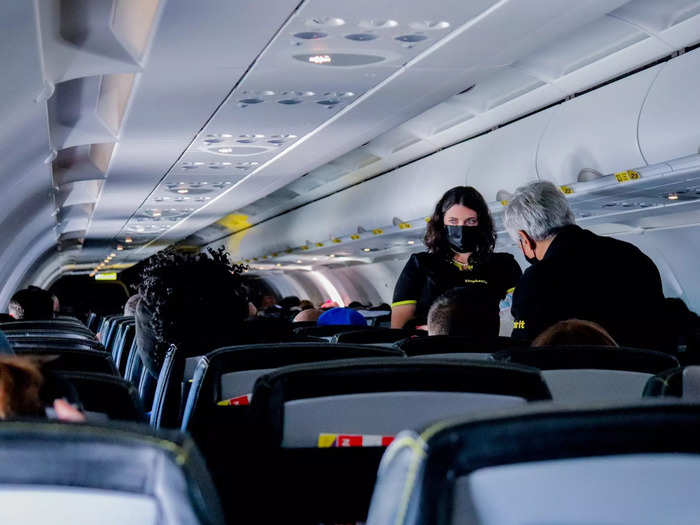
Flying Spirit Airlines from Santa Ana, California to Newark, New Jersey. Thomas Pallini/Insider
Source: Marker Medium
In 2008, Spirit was the number one airline for customer complaints but still managed to fly five million passengers and achieve a net profit during the recession, making it one of the few carriers to do so.
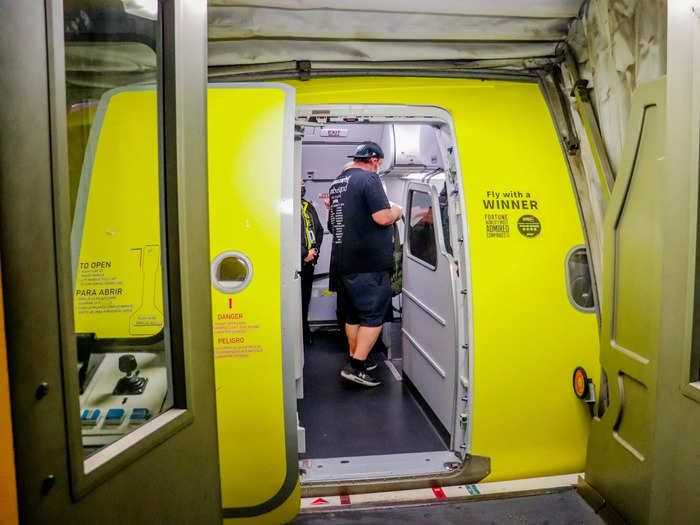
Spirit Airlines boarding door Thomas Pallini/Insider
Source: Department of Transportation
In 2014, Spirit was the top pick airline for growth for investors, and in 2016, Spirit was the first US carrier to receive the A320neo into its fleet.
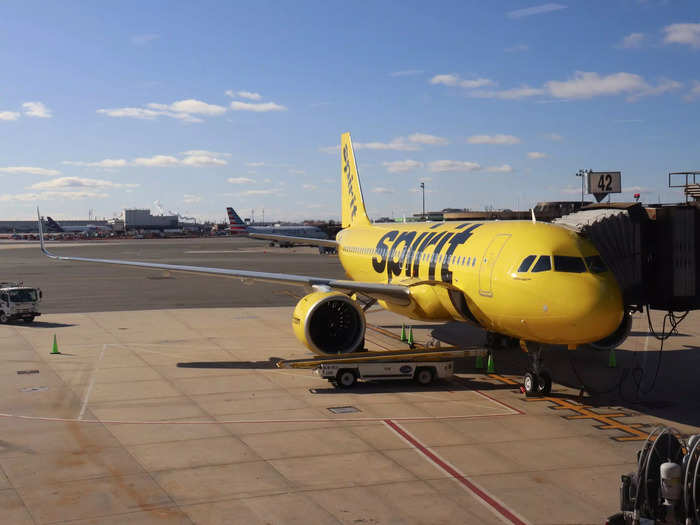
Spirit Airlines A320neo Thomas Pallini/Business Insider
Source: The Motley Fool, Airbus
In November 2017, Spirit's on-time performance ranked second behind Delta. This was a major improvement after coming in dead last among 13 US airlines in 2015.
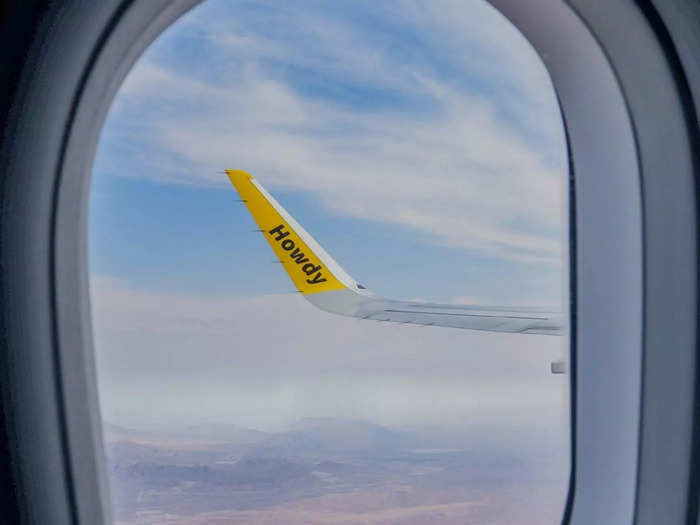
Spirit Airlines Thomas Pallini/Insider
Source: Skift
The same year, the company announced plans to Wifi equip its aircraft, making it the first ultra-low-cost carrier to do so.
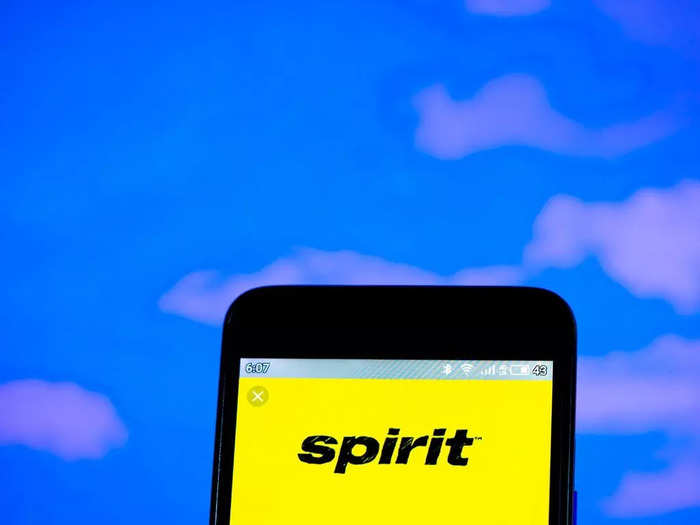
Spirit Airlines app on phone SOPA Images/Getty Images
In 2019, Spirit introduced its new President and CEO, Ted Christie. During the same year, the airline was operating 600 daily flights to 72 destinations across the US, Mexico, Central America, and the Caribbean.
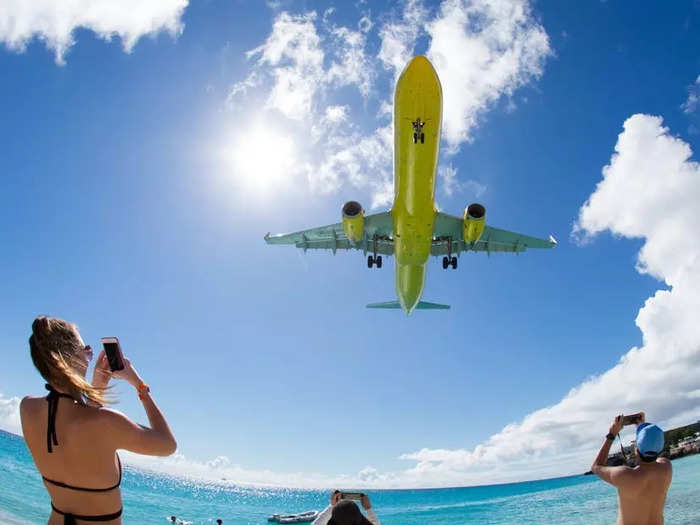
Spirit Airlines in the Caribbean Skycolors/Shutterstock
Source: Tampa Bay Times
Like every airline, Spirit was hit hard during the coronavirus pandemic, posting a 2020 net loss of $428 million. Nevertheless, Spirit continued to fight back in 2021, expanding operations with new city pairs and new airports.
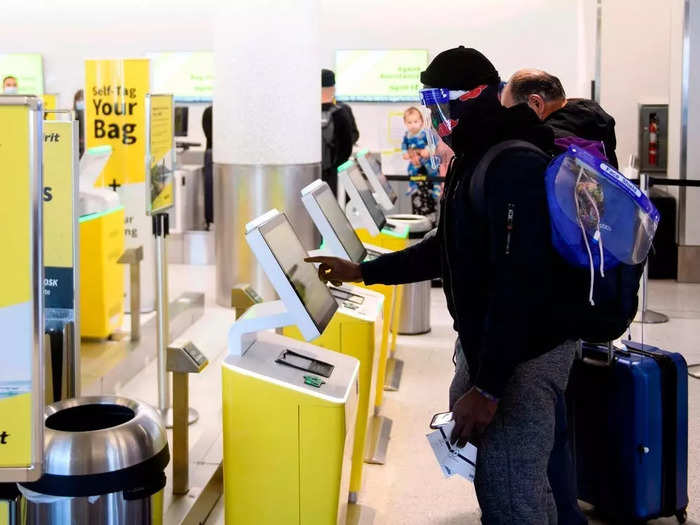
Spirit Airlines passengers during the pandemic PATRICK T. FALLON/Getty Images
Source: Statista
However, Spirit's 2021 full-year earnings revealed its revenue came in at $987.6 million, which was "better than expected" considering the impact of the Omicron variant. The income was 1.8% more than the same time in 2019.
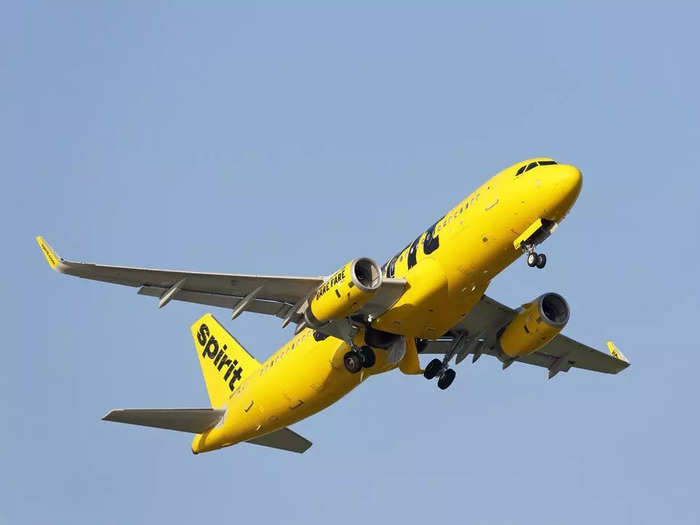
Spirit Airlines aircraft Greg K_ca/Shutterstock
Source: Spirit Airlines
Despite the strong end of the year, Spirit did face operational issues in August 2021. The chaos was due to a mix of poorly timed weather, system outages, and staff shortages.

AP Photo/Eugene Garcia
Source: Insider
While the setback caused outrage from customers and a warning from the DOT, the company's flight schedule was still growing. On October 6, Spirit reached a major milestone, launching the first of 31 routes from Miami International Airport.
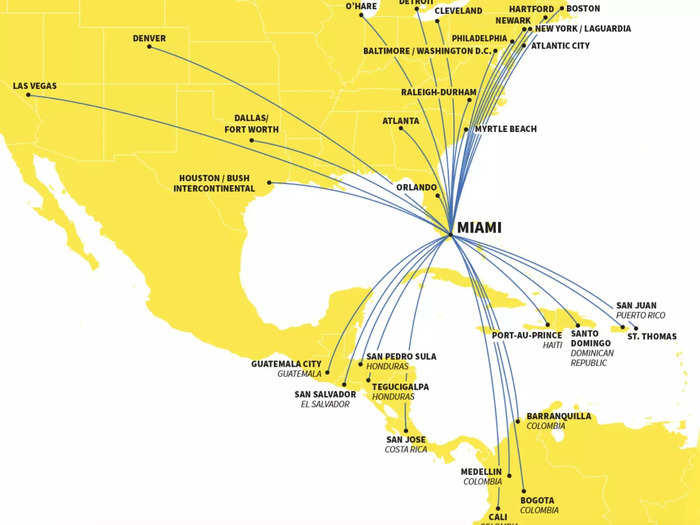
Spirit destinations from Miami Spirit Airlines
Source: Spirit Airlines
Spirit continued to improve into 2022. The carrier has reported strong demand since February and reported a "record-high non-ticket revenue per passenger segment" for the first quarter of 2022. Non-ticket revenue is ancillary fees, like luggage and snacks.
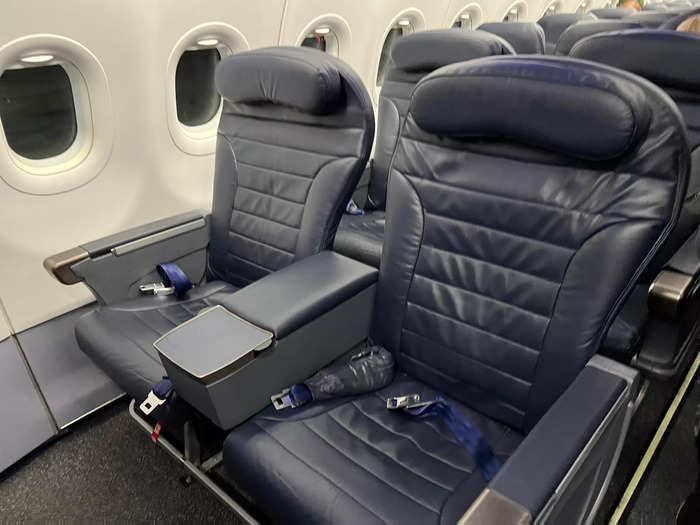
Taylor Rains/Insider
Source: Spirit Airlines
To this day, Spirit has never had an air crash, including during its time as Charter One Airlines. Most impressively, Spirit was the only airline in North America to make the top 10 list for safest airlines in the world in 2018, according to JACDEC data.

Spirit Airlines aircraft Thiago B Trevisan/Shutterstock
Source: JACDEC
The airline ranked 26 in 2019, 23 in 2020, and 30 in 2021, coming in third behind JetBlue and Delta last year.
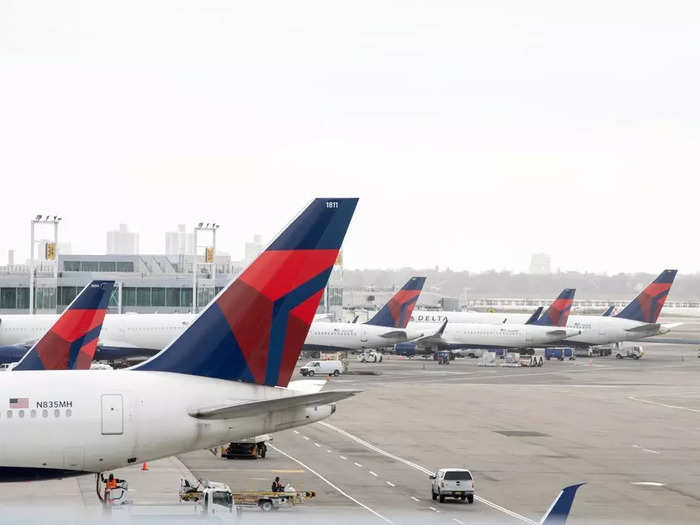
Delta Air Lines at JFK. Ron Adar/Shutterstock
Source: JACDEC
Despite its growth, Spirit is merging with JetBlue, pending regulatory approval. It is still unknown which routes will stay and which will go, but what we do know is the new mega-carrier is going to shake up the industry.
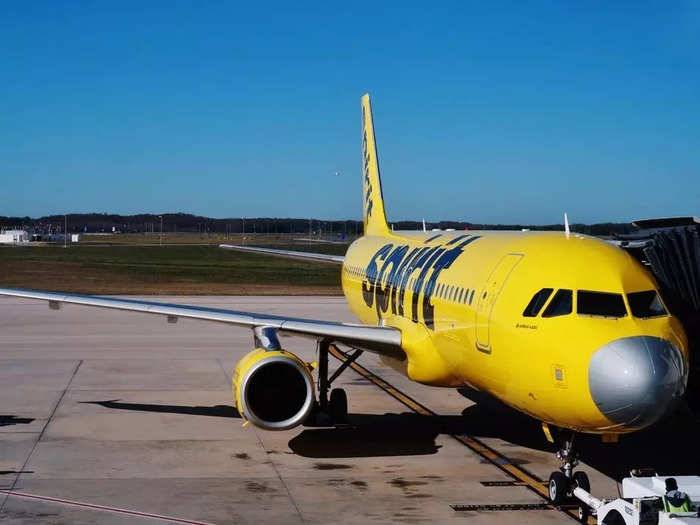
Spirit Airlines aircraft at the gate. EQRoy/Shutterstock
Popular Right Now
Popular Keywords
Advertisement